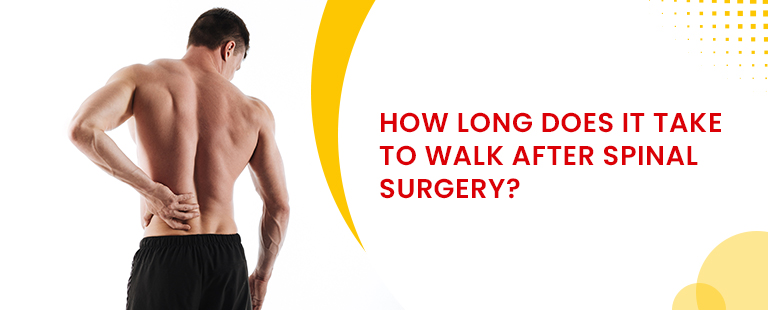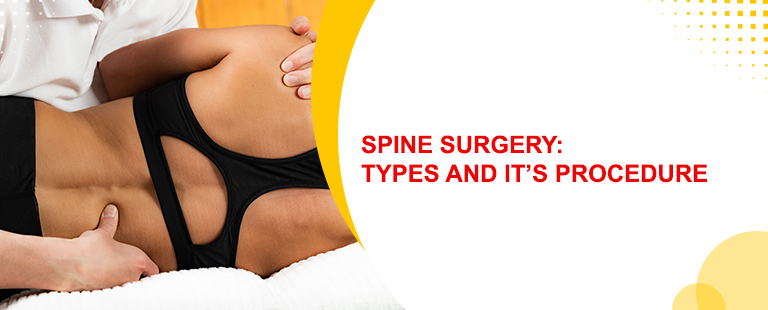Sciatica is caused due to impingement on your sciatica nerve. It’s typically due to an injured disc in the lower back of your body. The most common sign of sciatica is intense pain in the nerve. The pain usually ranges from moderate to severe and usually is felt on one side.
Best sleeping position for sciatica
- Keep your eyes on yourself.
Sleeping on your back can ease discomfort by relieving pressure off your nerves that are irritated.
How to set up:
- Lay on your bed on your side with the injured part placed on the top for the sleeping position for sciatica.
- If there’s a gap between the waist and the mattress, place it on a pillow to help reduce the side bend.
- Put a pillow between your knees.
A pillow between your knees can help keep your spine and pelvis in a neutral posture. It also stops your legs of yours from pivoting throughout the night. Hence it is an accurate sleeping position for sciatica.
How to set up a sleeping position for sciatica:
- Begin by placing your shoulder on the mattress, then place your entire body on your mattress.
- Relax your knees and place them on a thin pillow between them.
- You could also place a small pillow under your waist if there’s space.
- Fetal position
The fetal position can open up the space between your vertebrae. It can help relieve back pain that is caused by herniated discs. But, some experience pain that is worsened by it.
If you feel uncomfortable in the fetal posture, consider one of the alternatives on this list.
How to set up sleep for herniated disc:
- Relax on your side and raise your knees towards your chest until your body forms a “C.”
- You could also put pillows between your knees or beneath your waist.
- You can lie on your back by having a pillow between your knees.
Laying back on your back can help to distribute your weight evenly over your back and hence is a good position to sleep with lower back pain and sciatica. In addition, placing a pillow of a suitable thickness between your knees can assist in maintaining the curvature of your spine by stretching your hips.
How to set it up:
- Relax on your back with an extra pillow on your head for assistance.
- Place one or two pillows beneath your knees. Then, place your legs comfortably against your mattress.
- You can sleep on the floor.
How to set up a sleeping position for a slipped disc:
- Set up a thin mat, like a yoga mat or a camping mat, on the ground where you plan to lay.
- Lay down in any of the above positions or wherever you feel comfortable.
The softness of the surface could cause the spine to move out of alignment. However, sleeping on the floor can help you maintain your spine in a straight line
How to sit and sleep with a herniated disc
A herniated disc may occur at any point along the spine from the neck down to the lower back. It is typically the result of age or something as easy as a strong sneeze, lifting heavy objects, or sleeping in a slouchy place.
Better options are sleeping on your back or side to sleep with lower back pain and sciatica. Side sleepers can put a cushion between the knees to relieve any strain on the hips or lift their legs with a pillow. You could also put an unrolled towel between the waist of your body and the mattress while lying on your back. Always lie on your side so that it doesn’t cause any discomfort.
The ideal sleep with a herniated disc would be lying on your back. The position of lying on your back will keep the spine and vertebrae in an even posture and reduce the risk of squeezing the nerve. To increase comfort, place the pillow or towel between your knees and lower back to sleep with lower back pain and sciatica. A wedge-shaped pillow that elevates your ankles and legs can reduce the burden on your herniated disc and is an ideal position to sleep with a herniated disc.




